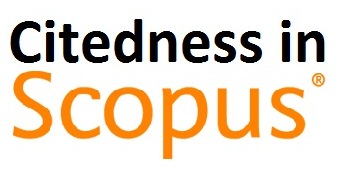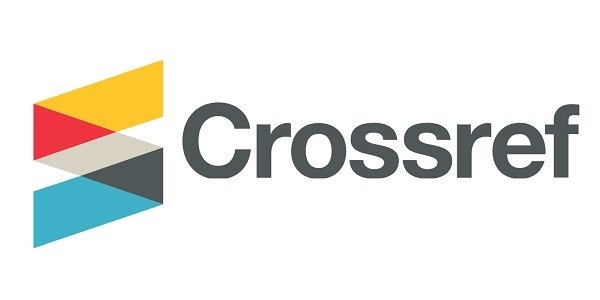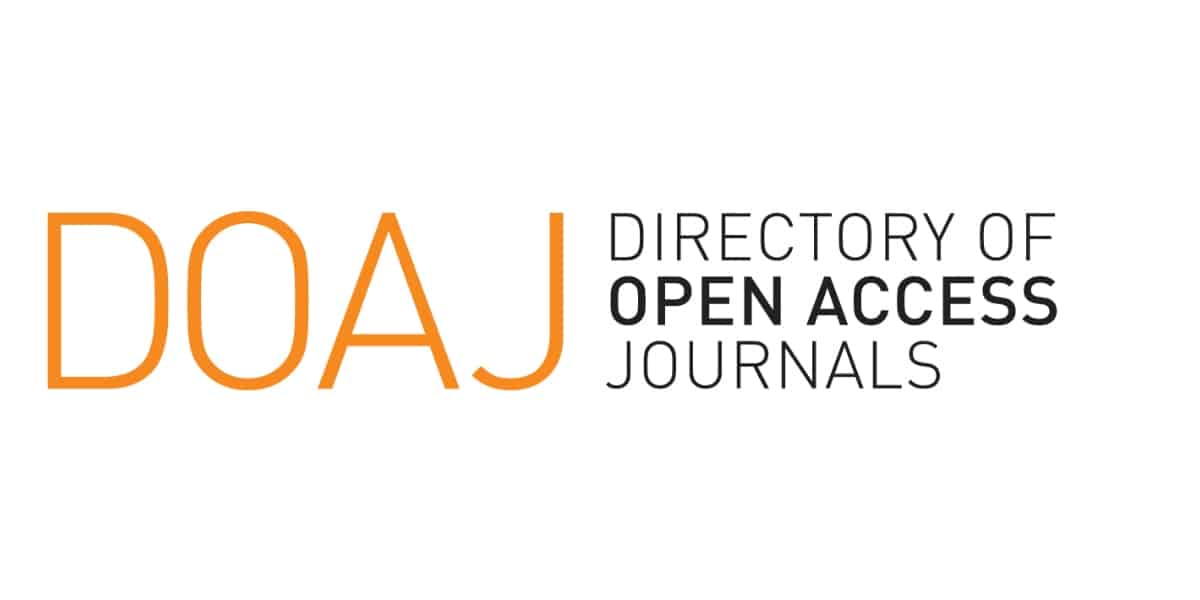ANALISIS RANTAI NILAI AGROINDUSTRI SAGU DI KABUPATEN KEPULAUAN MERANTI
Abstract
Sago industries in Kepulauan Meranti holds an important position in driving the local economy. Around 80,000-90,000 tons of sago starch are produced annually by sago mills generally located in rural areas. Almost all of the sago starch production from the Kepulauan Meranti is sent out of the region as raw material for the next industry. Lack of market information related to price, quality, quantity and types of products that the market wants makes the sago industry only rely on information from the midleman. Sago has significant value to be utilized into various commercial products such as modified starch, glucose, food thickener, noodles and biscuits. The purpose of this study were (1) to map the sago industry value chain and (2) to identify the distribution of values to the actors involved. Data collection includes key informant interviews, focus group discussions, observation and collection of related documents. Data analysis used includes value chain analysis, marketing margin analysis and value added analysis. The results of this study indicated that there are various actors involved in the sago industry value chain starting from seed suppliers, sago smallholders, PT. NSP, log traders, wet sago mills, dry sago mills, glass noodles factories, home industries, Harmonis Cooperatives, individual distributors and PT. Saweri Gading. In the wet sago value chain, PT. Saweri Gading obtained a higher marketing margin than the sago mills, with a margin of Rp 2,000 per kg. In the dry sago value chain, sago mills actors obtained a margin of Rp 4,600 per kg. The results of the value added analysis showed that glass noodles products have value added of Rp 3,450 per kg, the highest value added compared to other sago industry products.
Key words : Kepulauan Meranti, sago industry, value added, value chain
_page-00013.jpg)







_(1).png)

